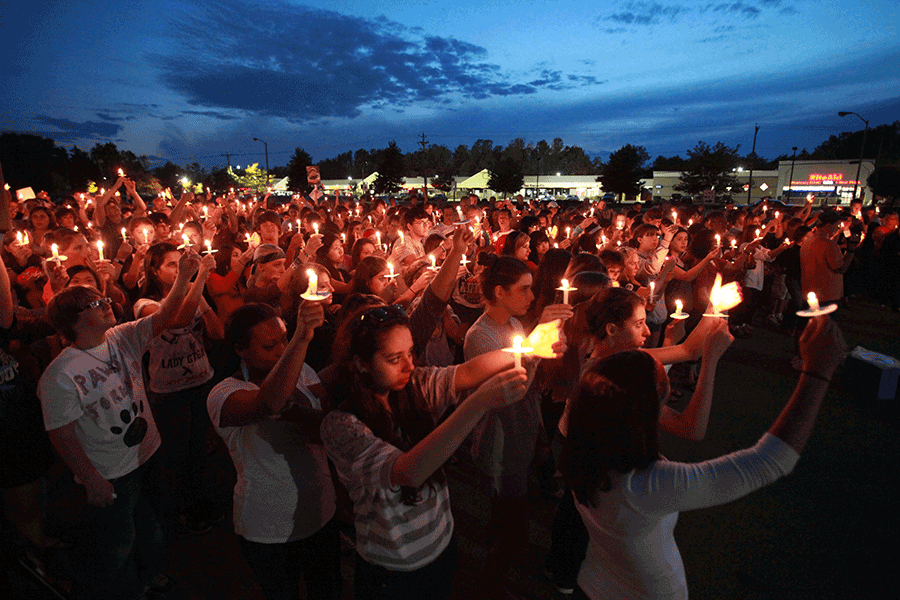Middle school suicides double in past decade: What can be done?
Loading...
A seven-year rise in the number of middle-school-aged children taking their own lives has pushed the number of suicides among that group to surpass the number killed in car crashes for the first time, federal figures show.
While experts caution against generalizing the complex reasons for suicide, a few prevention programs have in recent years noted some success in understanding and mitigating some of the motivating factors behind youth suicides. These programs provide a glimmer of hope that such efforts could help reverse the trend on a wider scale.
Preventing the “contagious” spread of copycat suicides as well as lifting social taboos around mental heath could be key to making young people feel safe enough to speak openly to trusted adults when in crisis, experts say.
The numbers the Centers for Disease Control and Prevention released Thursday suggest the comparative rise in suicides among 10 to 14-year-olds is at least in part the result of the massive decline in the number of car-related deaths – down 58 percent since 1999.
However, the data also show a steady increase in youth suicide in the past decade. Between 2007 and 2014, the number of middle schoolers dying by suicide grew from an annual rate of 0.9 to 2.1 per 100,000.
"Any rise [in youth suicides] should be of concern, there's no doubt," Mark Kaplan, a professor of social welfare at the University of California, Los Angeles, said in a phone interview with Reuters. "In time we might uncover some reasons, but a cautionary note [is] not to rush to any conclusions from this," he said.
Working to prevent suicide is difficult because the reasons for it are complicated, suicide prevention experts told the Christian Science Monitor in 2013. But a proliferation of prevention efforts among young people over the last 10 years has been “a quantum leap forward,” Ann Haas, senior director of education and prevention at the American Foundation for Suicide Prevention in New York told the Monitor's Stacy Teicher Khadaroo then.
As Ms. Khadaroo reported:
The stories of lives saved often don't make headlines – and prevention experts are encouraged about progress in that direction.... Research is leading to better ways of recognizing teens in distress and connecting them with help. A clearer picture of how suicide "contagion" can happen is emerging – and prompting stronger efforts to guard against it.
The prominence of the Internet, Ms. Haas said, "where kids can get exposed to the suicidal behavior of others half a world away," was not an issue 20 years ago. "[And] we're struggling to figure out how you contain that."
However, "It isn't just the negative stuff that is contagious," Mark LoMurray, who created the prevention program Sources of Strength in North Dakota, told the Monitor.
But for hope and strength to spread, teens have to know where that resiliency comes from. One of the strongest mitigators of youth suicide is connection with a trusted adult, Ms. Khadaroo wrote.
This report contains material from Reuters.








